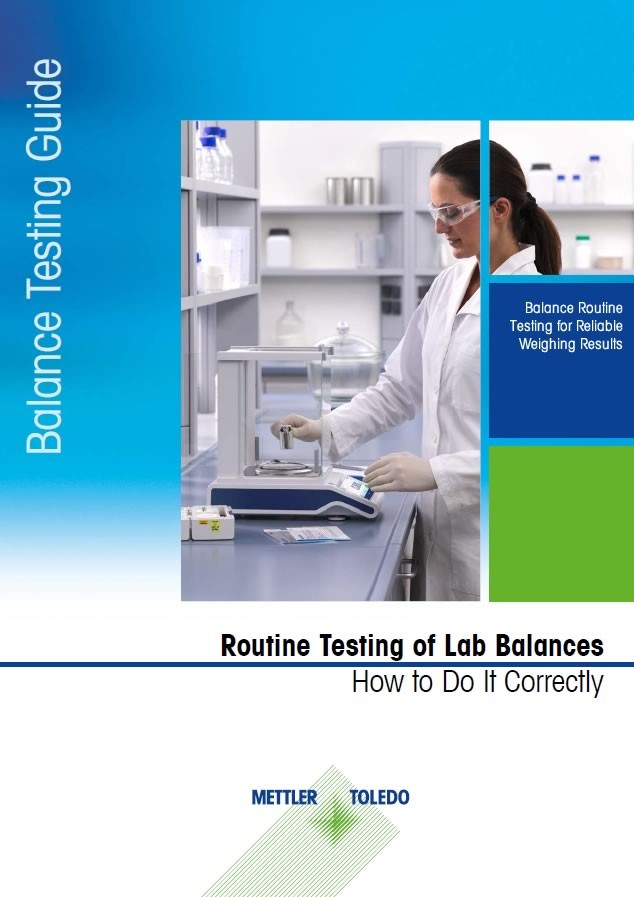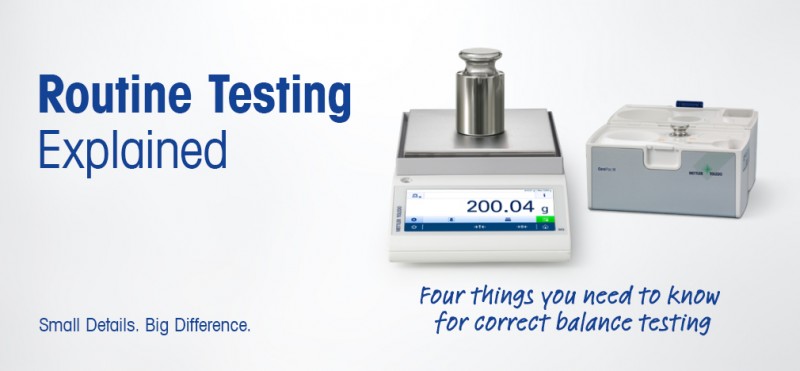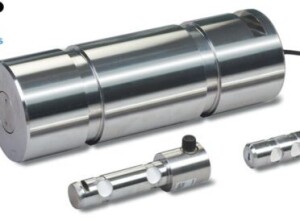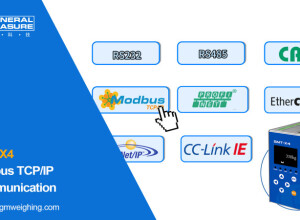METTLER TOLEDO (Switzerland): Avoid Surprises at the Next Calibration Service.
Routine testing of laboratory balances by the user is essential to uncover malfunctions early and eliminate inaccuracies that would otherwise go undetected until your next service calibration.
Download the new short guide which explains the four pillars of balance routine testing: 1. Testing frequency, 2. Test methods and SOPs, 3. Test weight and 4. User training.
How to ensure accurate weighing results every day? Put routine balance testing into practice. Balances play a critical role in research, development, quality assurance and production. However, errors in weight measurements cost time and money, and violations of legal requirements may even cause damage to health and/or the environment. Maintaining and ensuring the performance of a device and reducing the risk of it being outside process tolerances requires the correct setting of the instrument and regular calibration by the service provider. In-between those service intervals, the user should perform regular routine tests to uncover malfunctions early and eliminate surprises at the next calibration service.
Why is routine testing of laboratory balances so important? Over time the performance of weighing equipment can change due to environmental changes, wear and tear, or non-apparent damage. More and more laboratories are realizing that it's both less expensive and more efficient if users routinely check laboratory balances, rather than discovering problems later on when the service technician performs the – usually annual – calibration.
Take a look at the short guide which explains the 4 pillars of successful balance testing:
- Testing frequency
- Test methods and SOPs
- Test weights
- User training
In many cases, defining routine test frequencies, adequate procedures and proper staff training can be a challenging and time consuming task, tying up valuable resources.
The guide provides easy-to-follow material which outlines how often to test, how to test and which weights to use to ensure proper balance function. Furthermore, links to helpful tools and complementary information are also provided.
It pays off to build quality into laboratory results from the start, rather than discovering problems later on. Put routine balance testing into practice and ensure your weighing results are accurate each and every day.



























Interested? Submit your enquiry using the form below:
Only available for registered users. Sign In to your account or register here.